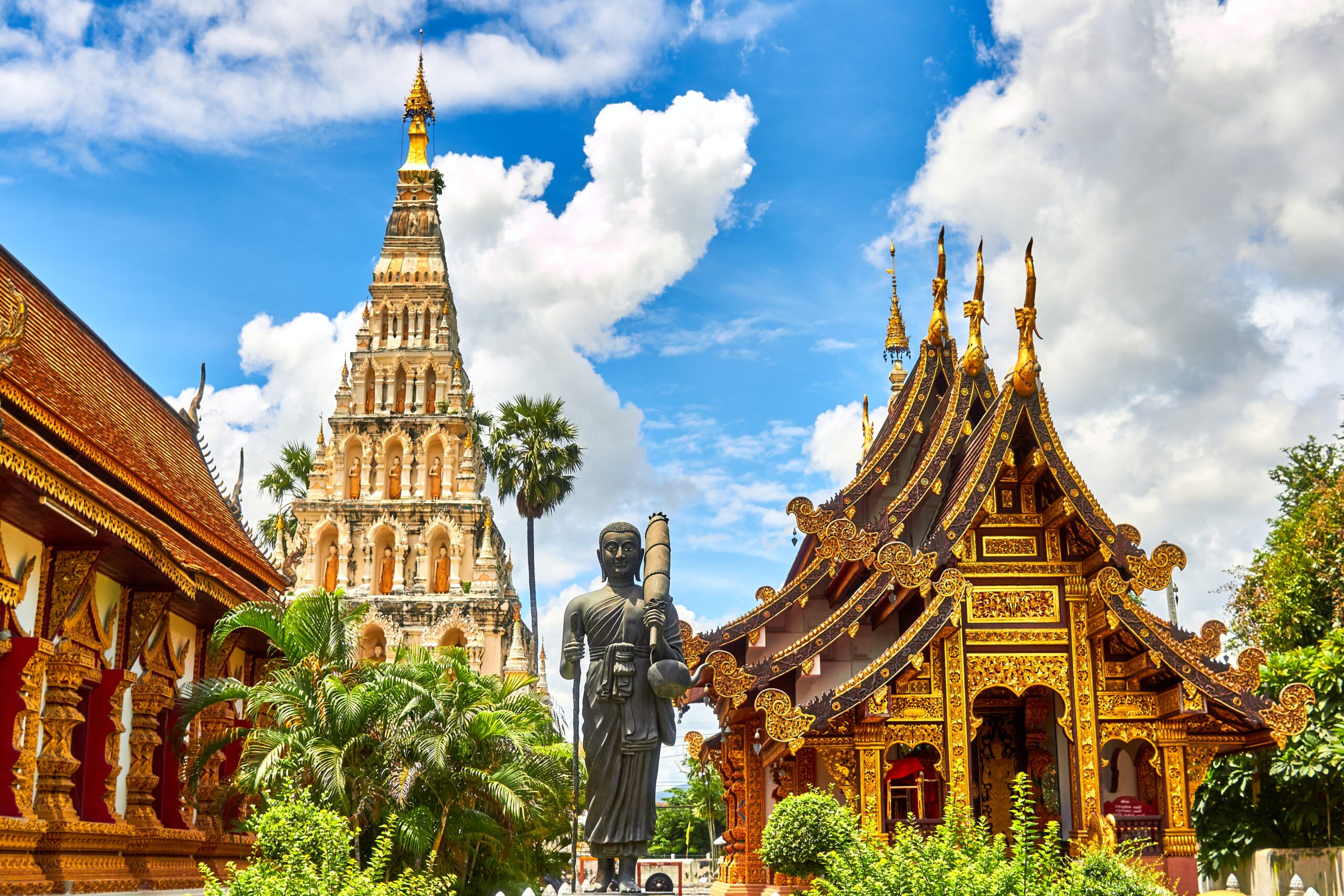Thailand, known for its stunning beaches, vibrant culture, and mouth-watering cuisine, is a popular tourist destination that attracts millions yearly visitors. With its tropical climate, Thailand offers diverse experiences throughout the year. However, choosing the best time to visit is essential to maximize your trip. In this article, we will explore Thailand’s different seasons and events, helping you determine the ideal time to plan your visit.
Introduction
Thailand is a Southeast Asian gem that offers something for everyone. This country has everything from the bustling streets of Bangkok to the tranquil beaches of Phuket and the cultural wonders of Chiang Mai. To ensure an unforgettable experience, understanding the weather patterns and seasonal events is crucial.
Weather in Thailand
Thailand experiences a tropical climate characterized by three seasons: the cool season, the hot season, and the rainy season. The temperatures and weather conditions can vary significantly across different regions of the country.
In the cool season, which spans from November to February, the weather is pleasantly warm, making it the most popular time to visit Thailand. The temperatures range from 20 to 30 degrees Celsius (68 to 86 degrees Fahrenheit), and humidity levels are relatively low.
The hot season brings soaring temperatures and higher humidity from March to May. During this time, temperatures can reach 40 degrees Celsius (104 degrees Fahrenheit) in some parts of the country. However, the coastal areas offer refreshing sea breezes, making beach destinations popular.
The rainy season is characterized by frequent showers and occasional thunderstorms from June to October. While the rain can be heavy at times, it often comes in short bursts and doesn’t typically last all day. The lush landscapes and reduced tourist crowds make this season appealing to some travelers.
High Season: November to February
The high season in Thailand, spanning from November to February, is considered the best time to visit by many travelers. The cool and dry weather creates ideal conditions for exploring the country’s attractions, including temples, markets, and natural wonders.
During this period, you can expect clear skies, pleasant temperatures, and lower humidity levels. It’s important to note that this is also the peak tourist season, so popular destinations may be crowded. To ensure the best experience, consider booking accommodations and attractions in advance.
Shoulder Season: March to May and September to October
The shoulder seasons in Thailand, from March to May and September to October, offer a balance between favorable weather conditions and fewer crowds. In these months, you can enjoy relatively lower prices for accommodations and activities compared to the high season.
The hot season begins from March to May, and temperatures can rise significantly. However, beach destinations provide a refreshing escape, with cooling sea breezes and a chance to indulge in water activities.
September to October marks the transition from the rainy to the cool season. While occasional showers are still possible, the landscapes are lush, and the tourist crowds begin to thin out. This period suits nature enthusiasts and those seeking a more serene experience.
Low Season: June to August
The low season in Thailand, from June to August, coincides with the rainy season. While it’s true that the weather can be unpredictable and rain showers are more frequent, this season offers unique advantages for certain types of travelers.
The prices for accommodations and flights are significantly lower during the low season, making it an attractive option for budget-conscious travelers. Additionally, the reduced number of tourists allows you to explore popular attractions more easily and enjoy exclusive experiences.
Festivals and Events
Thailand is known for its vibrant festivals and events, adding extra excitement to any visit. Here are a few special celebrations to consider when planning your trip:
- Songkran (April): This traditional Thai New Year celebration is marked by lively water fights and is a fantastic way to experience the country’s rich cultural heritage.
- Loy Krathong (November): This festival is a sight to behold as thousands of lit lanterns are released into the sky and rivers, creating a magical atmosphere.
- Yi Peng Lantern Festival (November): Chiang Mai hosts this mesmerizing festival, where countless lanterns illuminate the night sky, offering a truly enchanting experience.
- Full Moon Party (Monthly): If you want a lively beach party, head to Koh Phangan during the full moon. This renowned event attracts revelers from all around the world.
Conclusion
Thailand is a captivating destination that can be enjoyed year-round. The best time to visit depends on your preferences, budget, and the experiences you seek. The high season offers pleasant weather and bustling tourist hotspots, while the shoulder seasons provide a balance between favorable conditions and fewer crowds. The low season presents unique opportunities for budget travelers and those seeking a more exclusive experience. By considering the weather, festivals, and personal preferences, you can make an informed decision and create unforgettable memories in the Land of Smiles.
FAQs (Frequently Asked Questions)
- Q: Is it safe to visit Thailand during the rainy season? A: While the rainy season brings occasional showers, visiting Thailand is generally safe. Just remember to pack appropriate rain gear and be prepared for some changes in travel plans.
- Q: What are the must-visit attractions in Thailand?
A: Thailand offers a wealth of attractions, including the Grand Palace in Bangkok, the temples of Chiang Mai, the Phi Phi Islands, and the historic city of Ayutthaya. - Q: Can I find vegetarian or vegan food options in Thailand?
A: Thailand is known for its delicious vegetarian and vegan cuisine. Many restaurants and street food stalls offer a variety of plant-based dishes. - Q: Are there any cultural customs or etiquette I should know?
A: Dressing when visiting temples or religious sites is advisable. Additionally, removing your shoes before entering someone’s home or a sacred place is polite. - Q: What is the currency used in Thailand?
A: The money used in Thailand is called the Thai Baht (THB). Carrying cash with you when buying small things is a good idea because most places accept cash. However, you can also use a credit card at big stores and places that accept them.

